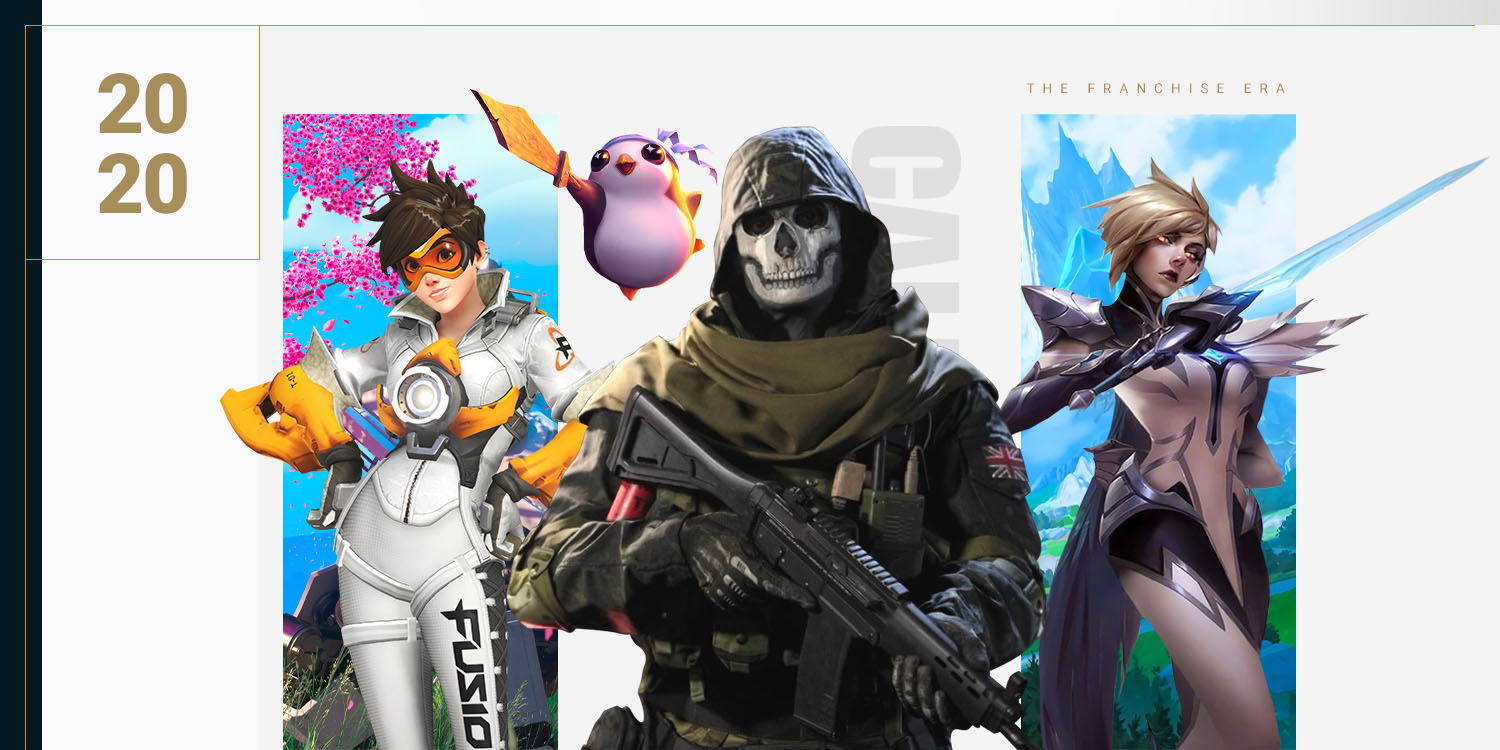If there is anything like a constant in esports, it’s merely how quickly everything changes. The shape and form of competitive gaming has undergone many metamorphoses since its humble beginnings with arcade cabinet hustlers, and fundamentally as well with the advent of ubiquitous broadband internet changed what it meant to challenge the best players you can possibly face.
But these most recent changes may prove to be yet more comprehensive in its effects. Whereas esports’ role in the overall gaming ecosystem used to be primarily as a marketing carrier for the game it represents, it’s increasingly become an entire system unto itself — one that faced significant growing pains until the advent of the current franchising and revenue-sharing model espoused by League of Legends and, most recently, Counter-Strike.
Here, quickly, is how it all developed.
Historical Impetus
Prior to the current franchise system, the western esports ecosystem was defined by either Riot Games’ weekly circuit, or the more traditional open tournaments espoused by Intel Extreme Masters, MLG, and other major organizers. These platforms are, for the most part, what comes to mind when esports competitions are considered — and by 2016, had very obvious structural ceilings that organizations were straining desperately to overcome.
The three biggest concerns of the pre-2016 model were as follows:
Lack of Marketing Opportunity and Exposure
- Tightly regulated developer leagues prevent activation opportunities
- Restrictions on content and presentation shrinks exposure opportunities for sponsors
Profit Incentives and Distribution
- Esports leagues traditionally fell under marketing expenses instead of revenue-driving product
- As such, there was no such thing as revenue-sharing with teams under the old model
- Broadcast rights were also limited in scope and mostly went back to the developer in whole
Long-Term Stability
- Though the topmost teams were popular and successful, the rest of the field was threadbare on resources
- Regulation model for the original LCS format produced massive instabilities for everybody under 3–4th place
- Not knowing if a team would go bankrupt or stay in the circuit scared off investors and sponsors
Modernization
The new standard in esports ecosystem development takes heavy organizational cues from the National Football League. Team ownership has to be league-approved, to ensure a high baseline standard, and broadcast revenue is shared among the entire league to buffer against the operational resource advantages of popular teams versus less popular ones.
For circuits like the Overwatch League and Call of Duty League, they take it one step farther by separating the teams out into regional markets as well. The Dallas Fuel and Houston Outlaws, to use the examples closest to AoE Creative, utilize advertisers and partnerships endemic to their specific region, and are more fully able to utilize local opportunities as other OWL organizations are locked out from their region..
The advantages of the OWL model versus Riot’s centralized franchise market model is not yet known, but the general shape and form of the esports ecosystem is as follows:
Franchising Stability
- Locked-in organizations prevents year-to-year uncertainty
- Organizational buy-in gives teams legal leverage over circuit policy and conduct
- Revenue-sharing structure cushions poorest teams against fiscal handicaps
Marketing Advantages
- Vastly increased incentive to work with sponsors across the board
- Broadened sponsorship activation potentials
- Even alcohol advertising now considered by the formerly restrictive LCS
- Teams and players have more showcasing opportunities, driving up their value to advertisers
Valuation Boost
- Franchise spots are now in the $10–20 million range just to qualify.
- Teams formerly valued at the low millions or less are now worth magnitudes more.
- Per AoE Creative’s understanding, Riot Games’ revenue share program has substantially benefited its circuit stakeholders. Similarly, Rainbow 6 Siege’s share program has been a tremendous boon to participating organizations too.
Looking to the Future
Not all franchise systems are created equally, and the era is still very young — meaning projects that aren’t currently as fiscally successful as the LCS model may yet prove themselves as they settle in. The LCS model itself still has issues to contend with too — the rise of player-owners and the fledgling state of its player representation system raises concerns about possible conflicts of interest.
Further challenges include epidemic and crisis management, which was far from any planner’s minds but has since become at the forefront of considerations after the international COVID-19 outbreak. Though not uniquely impacted, the OWL model experienced multiple homestand events and all of its Asian plans shuttered until further notice. With Riot Games and Rocket League also declaring postponements, as well as various fighting game events, all tournaments of all types and formats have since announced COVID-19-related impacts, representing a previously unconsidered fragility in the status quo.
But past these concerns is the bald fact that a successfully operated franchise system elevates competitive gaming to a level it’s previously had a hard time even imagining. Selling out the beach of Busan for immensely popular Starcraft Brood War players was the previous highpoint, by which all endeavors were judged — nowadays, filling out Olympic-grade stadiums is routine, and the real question is just how much closer we can bring esports to the bonafide sports juggernauts of our age.
That represents both opportunity and risk — with most of the risk involved in hesitation and over-cautious strategies. The esports audience now constitutes a solid two generations of growth as the preferred medium of spectator events for both Millennials and Zoomers, and has not yet capped out. But that necessarily means an ever-escalating barrier to entry as the valuations for both a spot in such leagues and their advertising opportunities scale in lock-step.
For those already in the ecosystem, that smells of a very healthy return on investment. Those outside may want to get in before the hurdles get too high.


